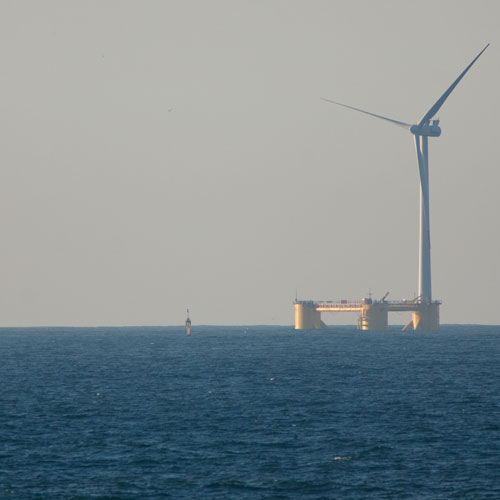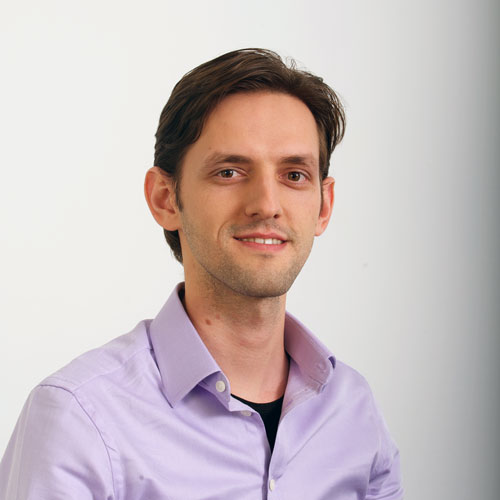Background
The majority of Egyptians live either in the Nile delta (north of Cairo) and is known as Lower Egypt, or in the narrow strip of agricultural land south of Cairo on either side of the River Nile, known as Upper Egypt (UE).
A report by the Egyptian Central Agency for Public Mobilization and Statistics states that the poorest region in Egypt is the rural upper region with a poverty rate of 49.4%. The number of villages in Egypt is 4655; around 22% of them suffer a continuous interruption of electricity. In its 2030 vision, Egypt is aiming to boost its renewable energy generation from 8% to 20%, specifically in UE. According to the Egyptian wind and current atlas, the wind and current have a high potential around the Nile which can be used for sustainable energy.
This project aimed to investigate the concept of a floating hybrid system which combined wind and hydropower generation for river applications, from technical feasibility, economic viability and environmental perspectives. The platform offers a mobile, low emission and economically viable means of power generation for the poor population in UG villages. The ultimate aim was to establish partnerships for future GCRF calls.


Quote by Tahsin Tezdogan about how amazing this VIP is.
Senior Lecturer, Naval Architecture, Ocean and Marine Engineer & VIP Lead
Impact achieved
The project resulted in several activities, which increased awareness of both the problems in the region, as well as the possible solutions.
A workshop was organised at the end of the project in Egypt, where the findings and conclusions were discussed with the project partners.
Increased awareness was achieved by disseminating the project report, which can be found on the University repository.
Sustainable Development Goals (SDGs)
Of the 17 United Nations Sustainable Development Goals, this project targeted primarily:
- Goal 7: Affordable and clean energy
The core of the undertaken activities were related to energy production.
This project also falls within the scope of:
- Goal 9: industry, innovation and infrastructure
The project promoted local innovation and examined the necessary infrastructure to allow the local population access to clean energy.
Similarly, the project featured activities related to:
- Goal 12: responsible consumption and production
We proposed a structure that would not contribute to pollution, while supplying deprived communities with electricity. By promoting these strategic goals, the project sought to address the vulnerabilities of the local communities and enable the villages in Upper Egypt to be more sustainable and resilient to climate change.
Challenges
For this specific project, a complete structural analysis should be made, so that the system response will be tested under extreme environmental conditions.
Also, despite the fact that we tried to achieve a considerable total power output to meet the local demand as much as possible, the site conditions would not allow us to install a higher power capacity system because the river waters are too shallow to accommodate a larger floating structure. Nevertheless, a potential enhancement in energy generation could become possible by building arrays of hybrid systems alongside the river.
Finally, the development of a suitable storage system which could be installed onshore and directly connected to our system is considered as a necessary prospect, because it would ensure the dispatchability of the system energy production and hence, its disengagement from the unpredictability that stems from the stochastic nature of the wind.
Collaborators and partners
Several industrial and academic partners were involved in this project. This included academics from the Nile Research Institute, an industrial partner, as well as an Egyptian shipyard.